Sponsored content:
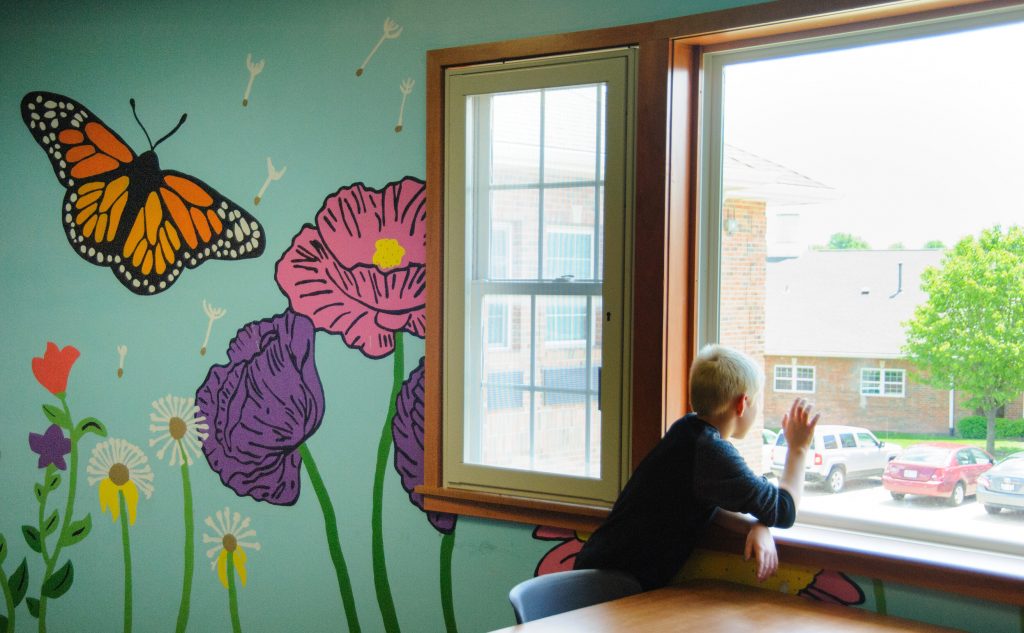
Since 1972, KidsTLC in Olathe has been serving the Kansas City community. Early on, the organization was a preeminent emergency shelter for abused and neglected children. Over the years, KidsTLC’s mission continued to grow and meet community needs by implementing innovative, new programs. While their mission hasn’t changed, the services they provide have blossomed over the years to further help children and youth in the areas of mental and behavioral health, autism and family supports. “I think what makes us stand out more than others is the amount and intensity of care and comfort provided to the kids who live on and receive services on our campus,” says Dr. Erin Dugan, president and CEO of KidsTLC. “But it’s also our outreach and making sure entire families are whole again.”
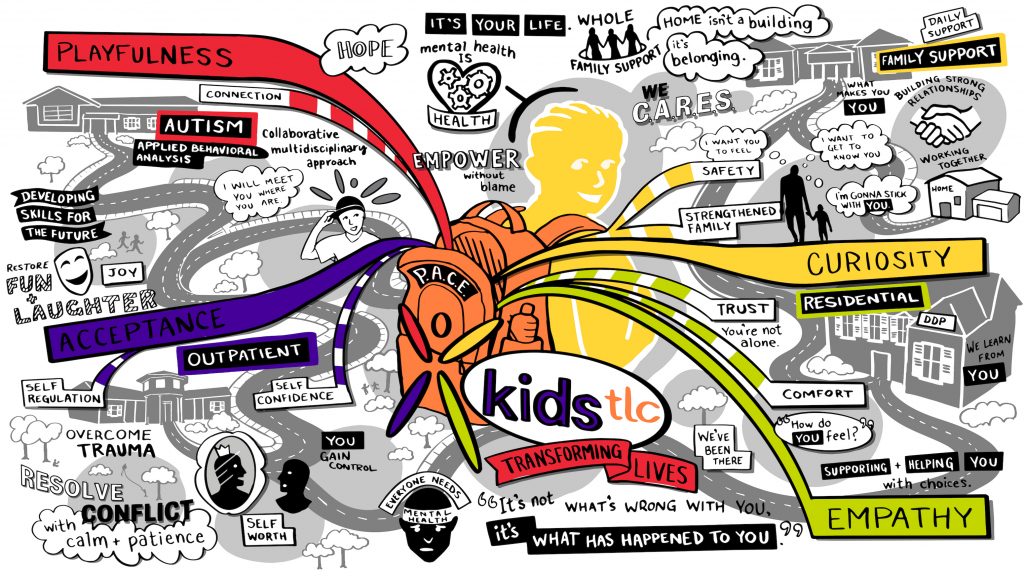
For Dugan—who is now in her second year at the organization—not only has she focused on the ever-present needs of the kids, but also on the hardworking staff. “We have kids and families that are struggling with some of the most intense mental and behavioral needs,” she says. “But how do we take care of our staff that are taking care of these kids? How are their mental needs and life needs being met? They work in an atmosphere with families and kids who have experienced so much trauma,” she says. “So we have a strong focus on our staff and taking care of them—and in turn, how they take care of our kiddos.”
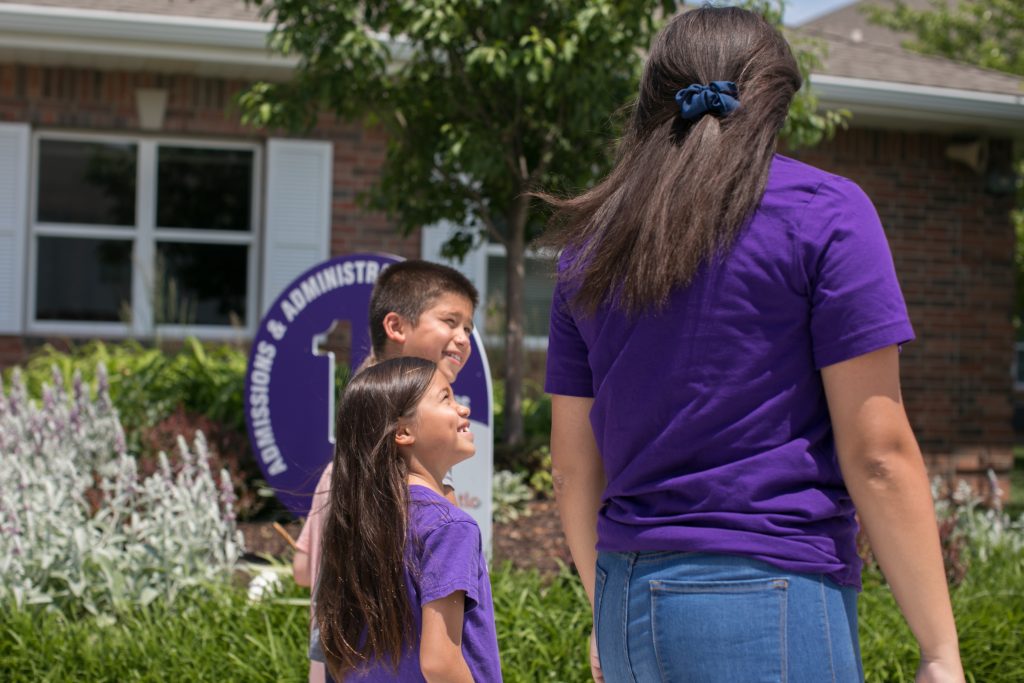
Five Ways To Help Children In Need
Eighty to 90 percent of the children KidsTLC sees have a history of childhood trauma, abuse, or neglect, as well as disrupted attachments or perhaps an autism diagnosis. So the organization has created five well-known lifelines of assistance—each with amazing degrees of success.
1) Phoenix Psychiatric Residential Treatment Facility is “the one we’re most known for,” says Dugan. “We have 75 kids who live on campus full-time.” Many suffer from complex PTSD or developmental trauma disorders. Immersive therapies in a safe environment help to resolve the emotional effects of abuse/neglect. The number of children on the waitlist to get into the program is substantial. “At any given time, 120 to 140 kids are waiting to get in. It’s one of our most-needed services,” she says.
2) The Trellis Center at KidsTLC offers nuanced autism training for “children ranging from 18 months to 12 years who receive clinical services during the week,” says Dugan. The collaborative programs run the gamut from social behavior, language and communication, fine and gross motor functioning, and sensory needs to academic and adaptive functioning. The program accommodates 50 children—with another 50 already on the waitlist.
3) The organization’s Intensive Outpatient Program serves as a crucial bridge between residential and traditional outpatient services at KidsTLC. “Right after school, we’ll pick up kids to come to our campus and spend three hours in intensive group and individual therapy,” says Dugan. “On Thursdays, their families join us. We have a meal and continue group work. Along the way, we’re helping parents figure out the best way to be a positive influence in their kid’s life. It’s become incredibly popular and needed.”
4) The Lotus Clinics, meanwhile, provide much-needed outpatient mental and behavioral-health services to children, adolescents, and their families. “We’ve increased our number of therapists—we’re servings thousands of kids and their families in a traditional outpatient model where they can come in once a week to visit with a therapist. It’s been very well received.” We have added specialty clinics in the areas of anxiety and gender-affirming care that are most needed in the community.
5) Finally, KidsTLC’s Thriving Families program gives parents useful tools to help their kids succeed. “Parents come once a week or Zoom in to a parent support group or parent training,” says Dugan. “We’re also serving our Hispanic-Latino families in the community and through churches—so everyone can get together and discuss the challenges of parenting and parenting kids who have experienced trauma or attachment disorders.”
https://www.facebook.com/KidsTLC/videos/2439164769662899/
Exponential Growth
If you haven’t been to the campus recently, Dugan would love for you to visit. “We’ve made updates for a more welcoming campus,” she says. “If you’re a parent dropping your kid off, campus should look comforting and feel like home—or the next best thing—a warm, friendly place to bring your child for services.”
Meanwhile, the organization is starting a large campus expansion—its biggest in over a decade—to get more kids in need off the waitlist and into KidsTLC’s expansive programs. “We’re hoping to add six more acres and 30,000 more square feet,” says Dugan. “We’re beyond excited—as our waitlist continues to be huge. There are kids out there who need our services.”
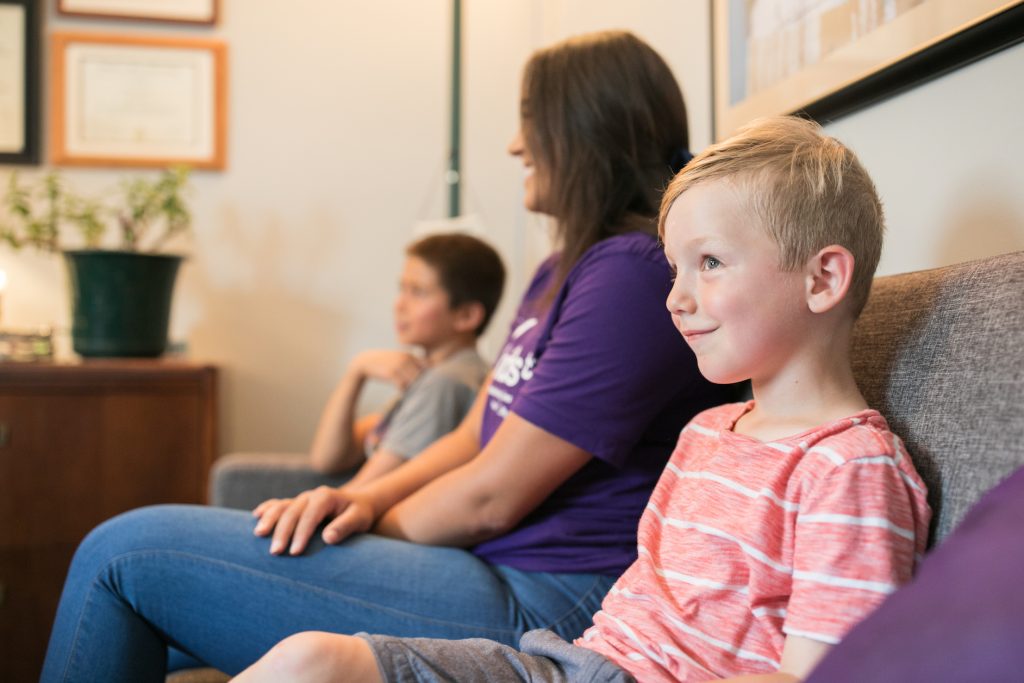
“Breaking Through The Stigma of Mental Health”
Dugan says that KidsTLC has consistently seen “more families dealing with traumatic issues that are impacting younger and younger kids. We have six and seven year old’s with such significant levels of trauma that it’s almost unimaginable.”
More families are reaching out as metro children are “experiencing higher levels of poverty and domestic violence,” she says. Parents who suffer from drug addiction—specifically opioid addiction—have had an even bigger impact causing “more and more intense levels of kids not attaching to their parents. Why? Because their parents are absent or without the skills needed to nurture their child.”
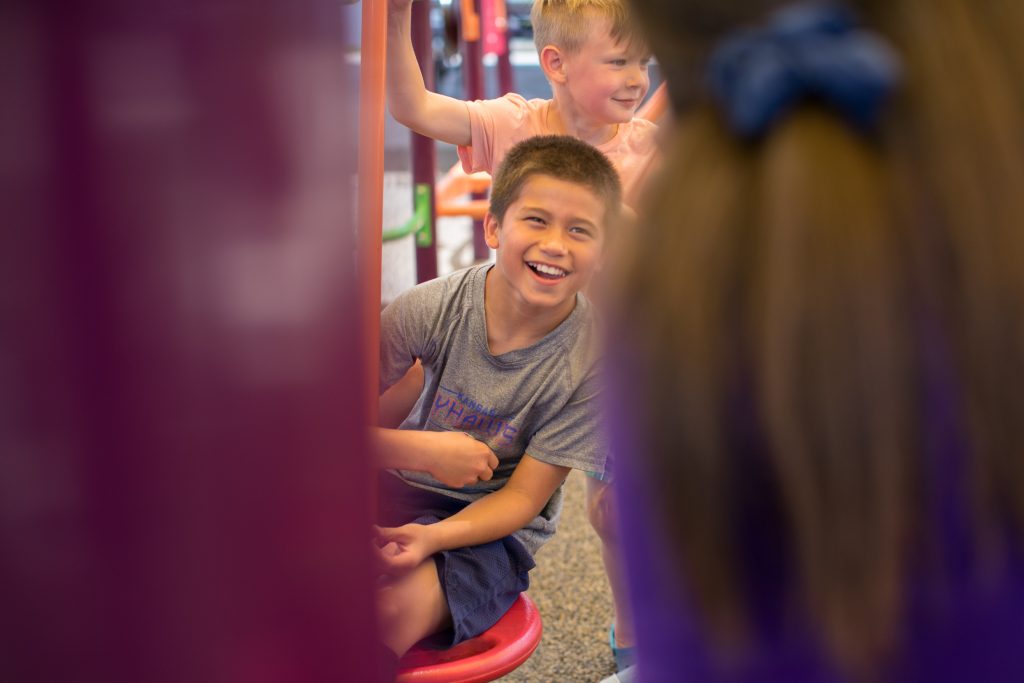
Thrive In A Crisis
In the middle of all this, the COVID-19 crisis hit the organization hard, but it never missed a beat. “We’ve had to spin on a dime with how we provide services. That speaks to the resiliency of our agency, our staff, our families and our community,” says Dugan. We’re now providing tele-health services to over 50 percent of our clients and we switched overnight. That’s fabulous.”
The staff at KidsTLC has proved invaluable during the pandemic turmoil. Dugan couldn’t be prouder. Home schooling and mock classrooms are now the norm. “It’s not ideal, but we’re coming up with all sorts of creative ways to do it,” she says. “We keep it fun—and we needed to add some structure back for our kids.”
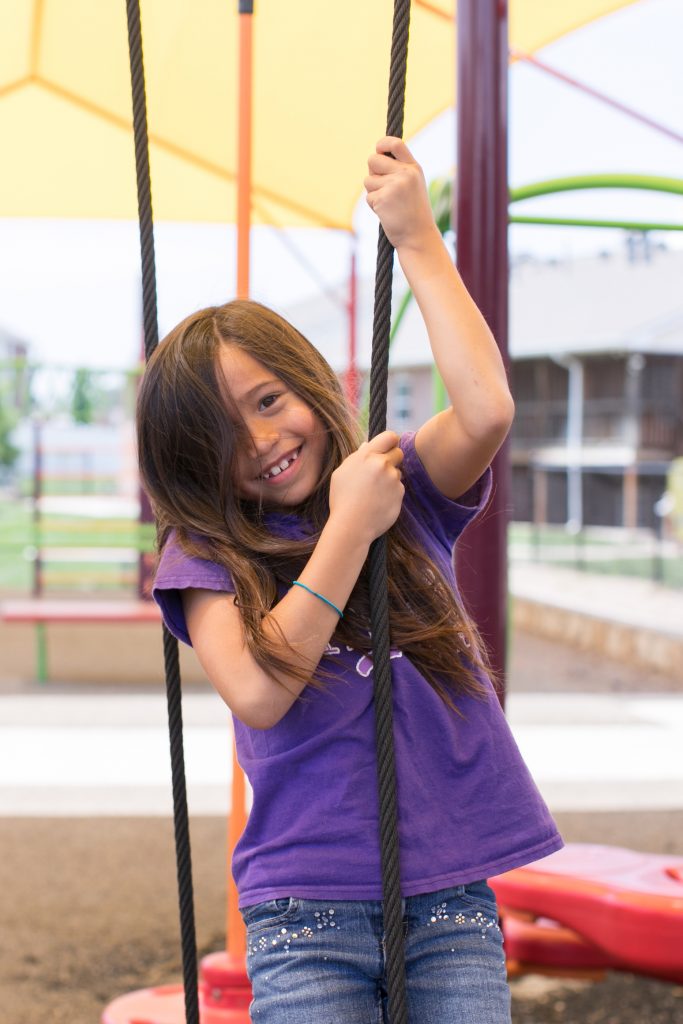
“Stronger Than Before”
Even before the charity put out the call, the community inundated them with assistance. “I continue to be amazed at the outpouring of people asking, ‘what can we do or how can we help.’ We’re going to survive this with community assistance. And it never ceases to amaze me how many folks have reached out.”
Dugan and her staff remain optimistic. “I’m proud of the kids who are working their program and treatment every day. I have kids who haven’t seen their parents in a month. Families aren’t able to come visit right now, but I’m proud of their trust in us,” she says. “It’s been a test of our agency’s resilience. We’re all leveraging positive rays of sunshine right now,” she pauses. “So far, so good.”


